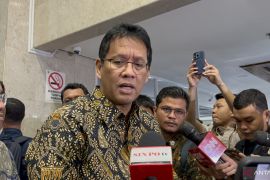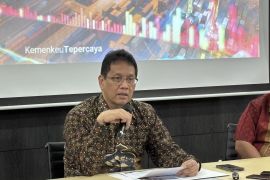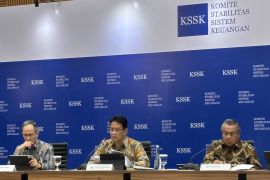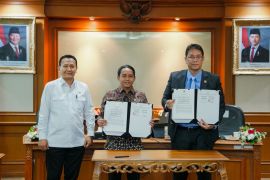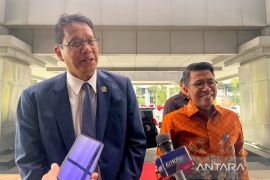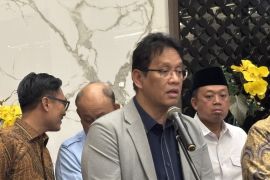The minister noted that the poverty rate dropped to 9.03 percent in 2024 from the previous 9.36 percent in 2023. This was followed by a decrease in the extreme poverty rate from 1.12 percent to 0.83 percent in 2024.
In addition, inequality, as measured by the Gini ratio, also improved from 0.388 in 2023 to 0.379 in 2024.
"There was a decline in poverty, Gini ratio, and unemployment rate as well. This is the result of mutual work and the state budget, which worked extremely hard to protect the community and the economy," she conveyed in a press conference on Monday.
Furthermore, Indrawati remarked that the labor market showed positive developments, with a decrease in the unemployment rate from 5.32 percent in 2023 to 4.91 percent in 2024.
In 2024, the minister noted that 4.78 million new jobs were created, including a notable rise in formal employment by 3.44 million, bringing the total number of formal workers to 56.2 million.
She indicated that the main sectors driving these new job opportunities include the agricultural sector, where the workforce grew from 39.5 million in 2023 to 40.8 million in 2024.
The trade sector also saw an increase in its workforce, rising from 26.6 million to 27.3 million.
The manufacturing industry sector experienced growth as well, with the number of workers increasing from 19.3 million to 20 million.
Additionally, other services witnessed a rise in employment from 22.7 million to 23.7 million.
Indrawati then highlighted the improvement in the farmer's exchange rate (NTP), which rose to 122.78 in 2024 from a previous value of 118.27, surpassing the target set by the House of Representatives (DPR) of 105-108.
She attributed this increase to supportive policies, such as fertilizer subsidies, expedited agricultural infrastructure development, food assistance programs, and stabilization of food prices.
However, the fisherman's exchange rate (NTN) remains below the expected target, currently at 102.35 against the goal of 107-110.
To maintain stability in this sector, she highlighted the significance of social assistance programs in easing the burden on the poor.
Programs, such as the Family Hope Program (PKH), social assistance, the Smart Indonesia Card (KIP), the Healthy Indonesia Card (KIS), and the Pre-Employment program, have contributed to maintaining the welfare of the community.
"All those programs ease the burden, so our farmers' exchange rate has improved from 118.27 to 122.78," she concluded.
Related news: Govt to build free special schools for children facing extreme poverty
Related news: MSMEs crucial to eradicating poverty in Indonesia: minister
Related news: Indonesia invites World Bank to be involved in poverty alleviation
Translator: Bayu Saputra, Resinta Sulistiyandari
Editor: Azis Kurmala
Copyright © ANTARA 2025


